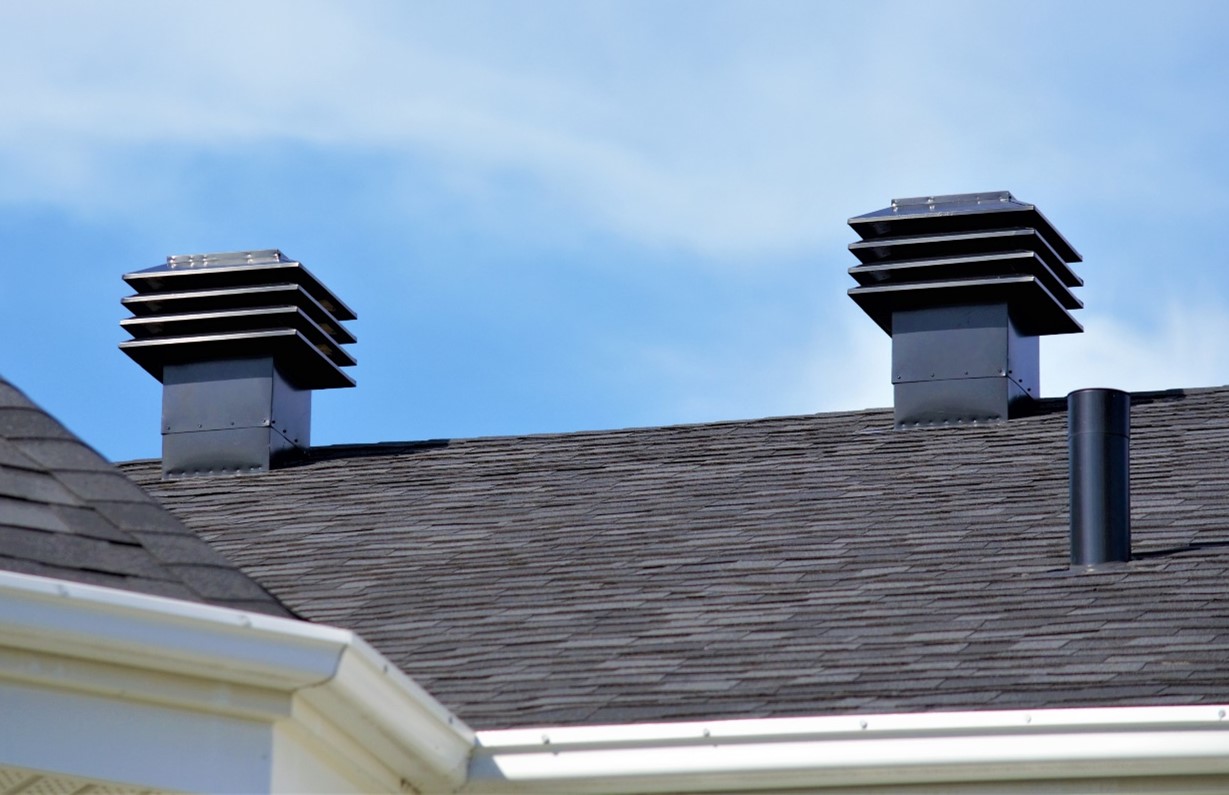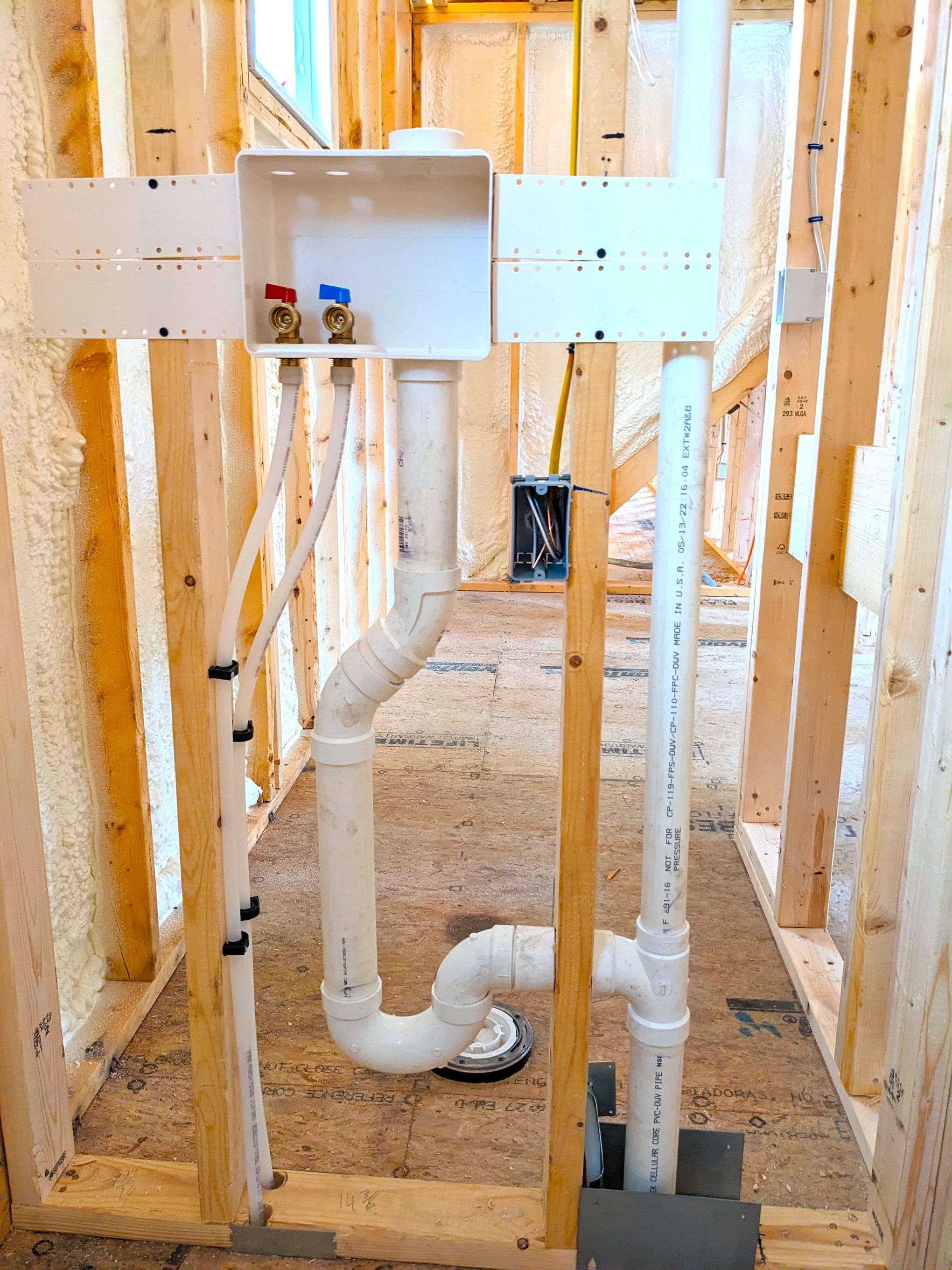The Function of Proper Ventilation in Supporting Plumbing Systems
The Function of Proper Ventilation in Supporting Plumbing Systems
Blog Article
We've unearthed this article on The Upsides of Proper Ventilation in Plumbing Design listed below on the net and reckoned it made good sense to relate it with you on this page.

Correct air flow in pipes systems is frequently neglected, yet it is vital for preserving the performance and security of your home's plumbing. Ventilation assists manage air pressure, protect against the buildup of dangerous gases, and make sure the efficient elimination of waste. In this guide, we will explore the relevance of proper pipes ventilation, exactly how it works, and the benefits it offers your plumbing system.
Just How Ventilation Functions in Plumbing Equipments
Atmospheric Pressure Guideline
Proper ventilation keeps balanced atmospheric pressure within the plumbing system. When water moves with pipelines, it displaces air. Without appropriate air flow, this displacement can produce negative pressure, leading to reduce drains or siphoning of water from traps, which can trigger undesirable smells to seep into the home.
Avoiding Sewer Gas Buildup
One of one of the most vital functions of pipes vents is to prevent drain gases, such as methane and hydrogen sulfide, from building up within the home. These gases can posture major health threats and are highly flammable. Vent pipelines permit these gases to leave safely outdoors.
Aiding in Waste Elimination
Ventilation assists in the efficient elimination of wastewater by stopping airlocks in the water drainage system. When air can flow easily through the vents, it enables water and waste to flow efficiently through the pipes, reducing the danger of blockages and back-ups.
Advantages of Appropriate Air Flow
Boosted System Performance
Properly aerated plumbing systems operate much more efficiently, with less obstructions, faster draining pipes, and less stress on the pipes. This effectiveness expands the life-span of the plumbing system.
Improved Air High Quality
By preventing sewer gases from entering your home, appropriate ventilation adds to better interior air quality, making your living atmosphere healthier and much more comfy.
Preventing Water Damage
Adequate ventilation helps avoid water from being siphoned out of catches, which can cause drain gases going into the home and causing water damages gradually.
Steps to Guarantee Proper Ventilation
Consulting Plumbing Codes
Constantly seek advice from neighborhood plumbing codes when developing or customizing your plumbing system. These codes supply the needed guidelines for correct venting and ensure your system meets security standards.
Regular Evaluation and Upkeep
Regular examinations can aid recognize possible ventilation concerns before they end up being significant problems. Maintenance jobs, such as cleansing vent pipes and checking for obstructions, are important for keeping the system in good working order.
Expert Installment
For brand-new installments or significant modifications, it's wise to hire a professional plumbing professional. They have the knowledge to guarantee the ventilation system is properly developed and installed according to code.
Recognizing Air Flow in Plumbing
Ventilation in pipes refers to the network of pipes that allow air to move with the drainage system. These vents offer several purposes, consisting of regulating atmospheric pressure within the pipelines, stopping drain gases from entering the home, and helping in the smooth circulation of wastewater.
Sorts Of Pipes Vents
Main Heap Vent
The major stack air vent, additionally called the vent pile, is the key vent in a pipes system. It extends from the primary drainpipe line up with the roof, enabling gases to run away and fresh air to enter the system.
Branch Vent
Branch vents link to the primary pile air vent and offer specific fixtures, such as sinks, toilets, and showers. These vents make certain that each component has appropriate air flow to operate properly.
Air Admission Shutoff (AAV).
An Air Admittance Shutoff (AAV) is a one-way valve that enables air to enter the pipes system without the need for a traditional vent pipe expanding through the roof covering. AAVs are typically used in renovations or areas where setting up a common vent is unwise.
Signs of Poor Air Flow in Plumbing.
Slow Draining Fixtures.
If your sinks, tubs, or commodes are draining gradually, it could be an indicator of poor ventilation. Inadequate air circulation can develop a vacuum effect, making it tough for water to drain pipes effectively.
Gurgling Sounds.
Gurgling sounds coming from drains are commonly an outcome of air being drawn with water catches because of unfavorable stress in the pipes. This is a clear sign of inadequate ventilation.
Undesirable Smells.
Sewer smells inside your home are a red flag that your pipes system is not effectively ventilated. This can mean that drain gases are not being sufficiently aired vent outside, bring about potentially dangerous conditions.
Usual Air Flow Mistakes.
Inadequate Vent Sizing.
Making use of undersized air vent pipes can result in poor air circulation and stress discrepancies in the system. It's important to use vents that meet the details demands of your plumbing system.
Improper Vent Positioning.
Placing vents also far from the components they serve can lower their efficiency. Correct placement ensures that air can stream openly and effectively via the system.
Ignoring Code Requirements.
Building ordinance provide particular standards for pipes air flow. Overlooking these codes can cause a system that stops working to function appropriately and may cause costly repairs or health hazards.
Final thought.
Proper ventilation is an essential part of any kind of pipes system, guaranteeing that it operates effectively and safely. By comprehending the importance of air flow, acknowledging the signs of inadequate air flow, and taking steps to keep your system, you can stop costly concerns and safeguard your home's air top quality.
4 Things You Should Know About Your Plumbing Vents
What Plumbing Vents Are
Also called a vent stack, a plumbing vent is a vertical pipe attached to your drain line that runs through your roof. The plumbing vent pipe, or plumbing air vent, removes gas and odors from your plumbing system and allows fresh air to enter the pipes, helping the water to flow out of the drain pipes.
What Plumbing Vents Do
Plumbing vents have two basic functions. One of which is to allow unpleasant smelling wastewater and sewer gasses to escape your plumbing system instead of entering your home. Plumbing vent pipes are typically located on roofs, away from windows, to ensure the fumes exit the home completely.
The other function of the plumbing vent is to move fresh air into your plumbing system. This helps move water through every plumbing fixture in your house, like toilets and sink drains. Think of the way in which you need to let a little air into the bottle as you pour soda in order to make the drink flow smoothly.
Different Types of Plumbing Vents
True vent: This is the most common vent option. In simplest terms, a true vent is a vertical pipe attached to your drain line that exits through the roof. They often function as the main vent that other fixtures can connect to. Re-vent pipe or auxiliary vent: Attached to the drain line near specific plumbing fixtures, re-vent pipes run up and over to connect to the main vent. Common vent: Two plumbing fixtures installed on opposite sides of a wall are typically tied into the vent stack using something known as a sanitary cross. Wet vent: This venting option operates as a drain pipe and a vent at the same time. Wet vent drainage systems drain water from one fixture while venting the air from another. Although they’ve been used for over 100 years, wet vent systems have only recently been added to the plumbing code in many areas. If you’re planning on installing one in a bathroom remodel, make sure you check your local code prior to construction. Loop vent: For free-standing fixtures like kitchen island sinks, loop vents are ideal. These vent pipes run under the floor, rise from the P-trap, and create a loop inside the cabinet sink. Air admittance valve: An AAV is a one-way mechanical valve typically installed at the site of the plumbing fixture. AAVs allow venting to occur without having to tie into a larger venting system. They’re ideal for venting fixtures where you aren’t able to easily connect to an existing vent system. Common Plumbing Vent Issues
Although vent pipes typically don’t have water flowing through them, they’re still subject to many typical plumbing issues. For example, clogs are one of the most common problems associated with sewer vent pipes. If your vent pipe gets clogged, all of your plumbing fixtures tied into the vent stack will be affected.
A sink with a slow drain that bubbles and gurgles or a strong sewage smell around your toilet are both indicators that your toilet vent pipe is clogged. Because most vent pipes exit through the roof, old leaves, twigs or even a bird’s nest could be clogging the pipe.
Clogs in your vent pipe system cause a buildup of negative pressure, meaning that water won’t be able to flow out of your home very well. It’s similar to putting your finger over the opening of a straw to trap water inside. When you remove your finger, the water is able to flow out of the straw.
If you suspect you have any blockage in your vent, make sure you have a professional come examine the situation. Left unchecked, a blocked air vent can lead to other costly repairs, like leaks and sediment buildup.
Under Pressure
Pipe vents are essential aspects of a home’s plumbing system. Owning a home means learning about all sorts of things you never put much thought into before. But by understanding as much as you can about the important systems of your home, you can keep those budgets intact and those anxiety levels low.
https://www.homeserve.com/en-us/blog/home-improvement/plumbing-vents/

I am just very involved in What Is A Plumbing Vent & How Do They Work? and I'm hoping you enjoyed the blog entry. Loved our post? Please quickly share it. Let others discover it. I thank you for your readership.
Book A Service Report this page